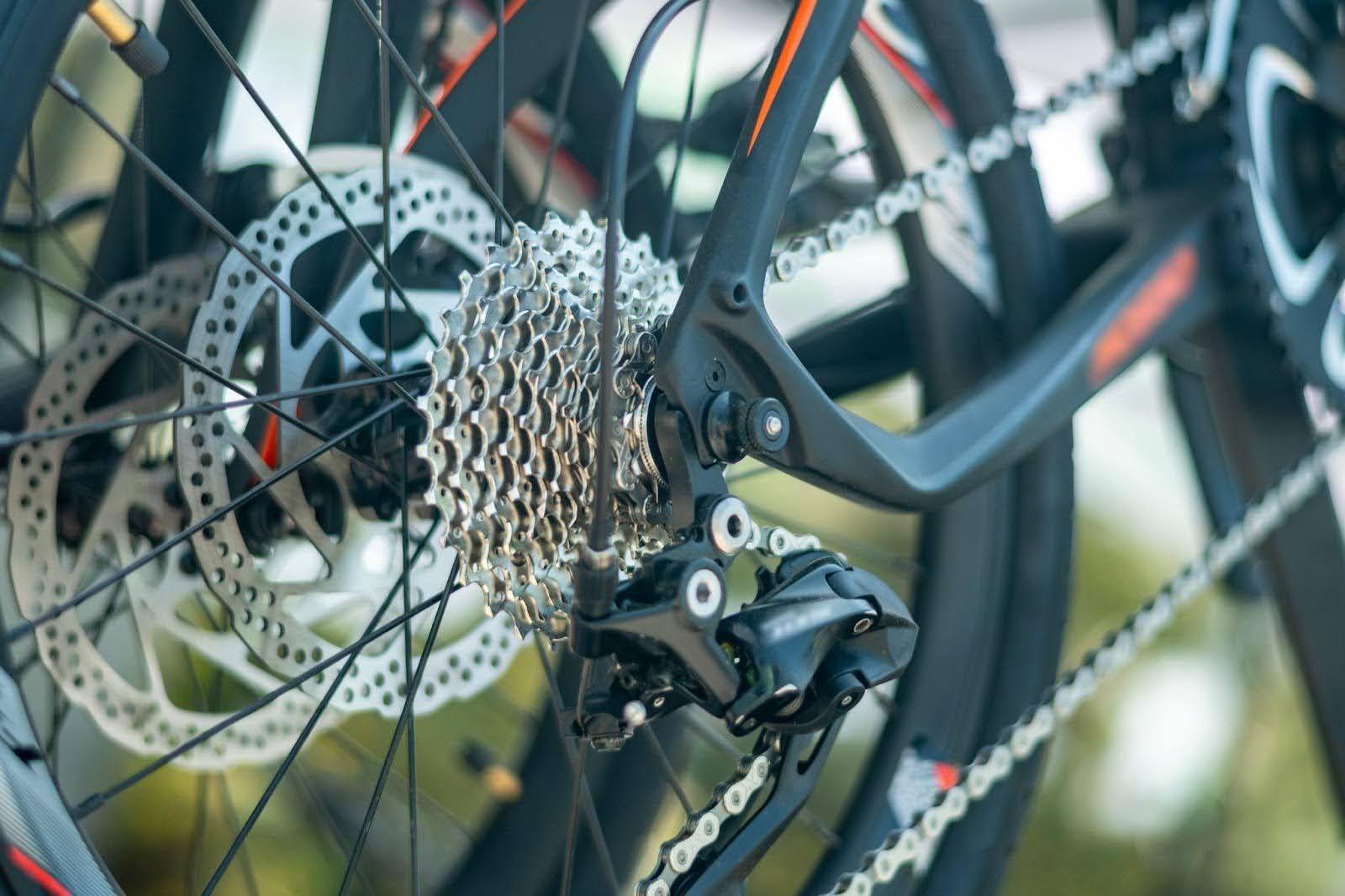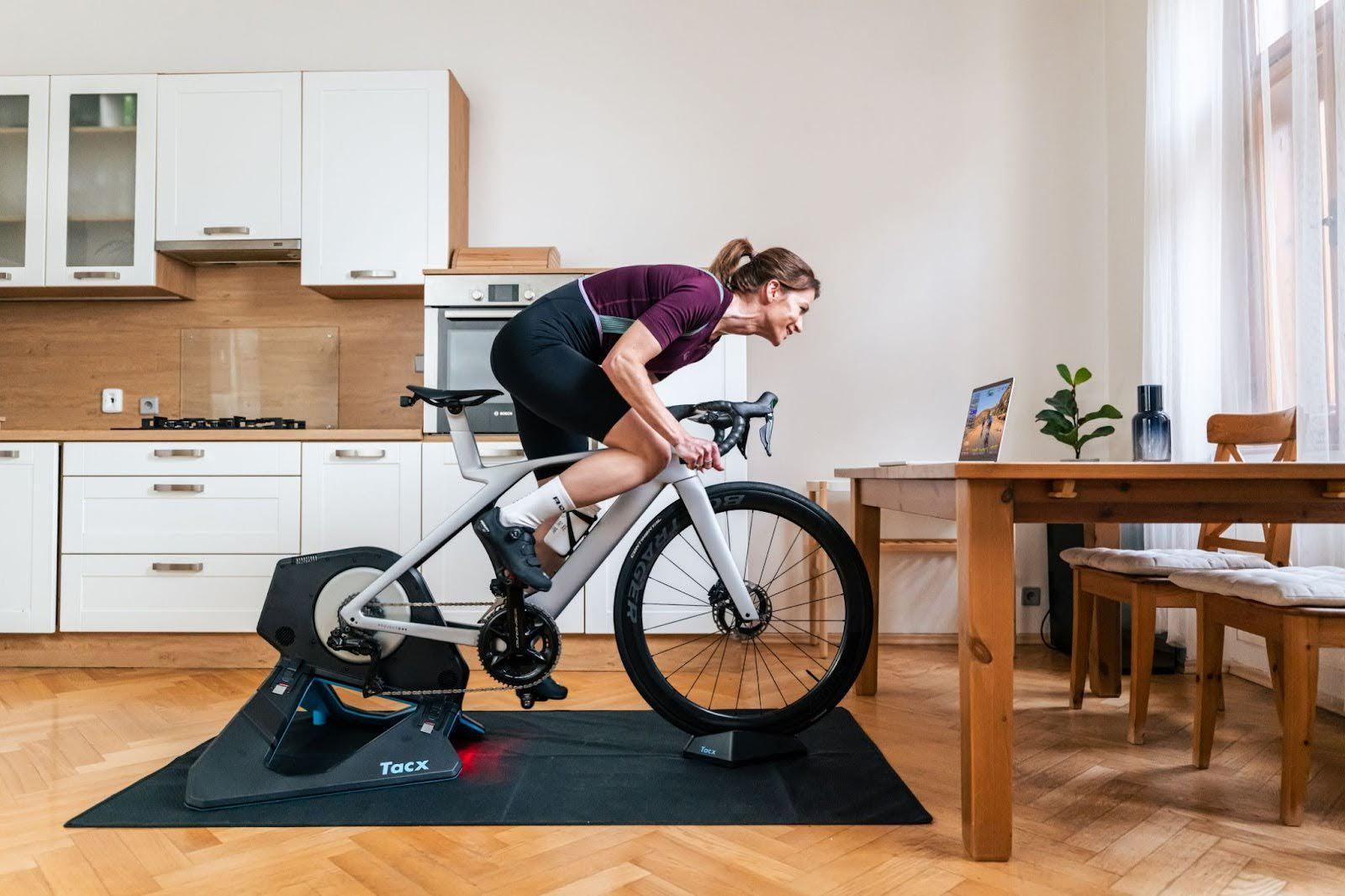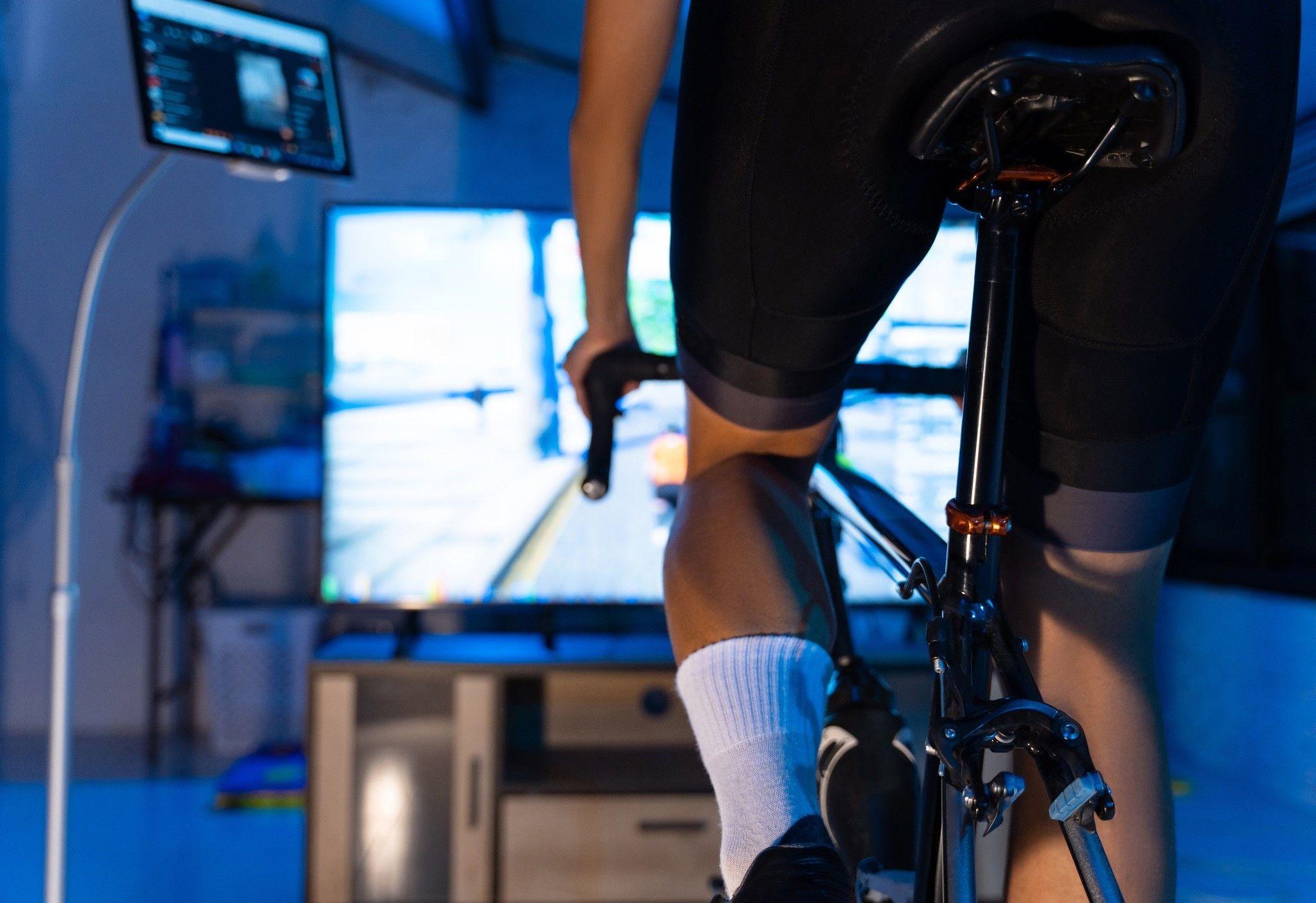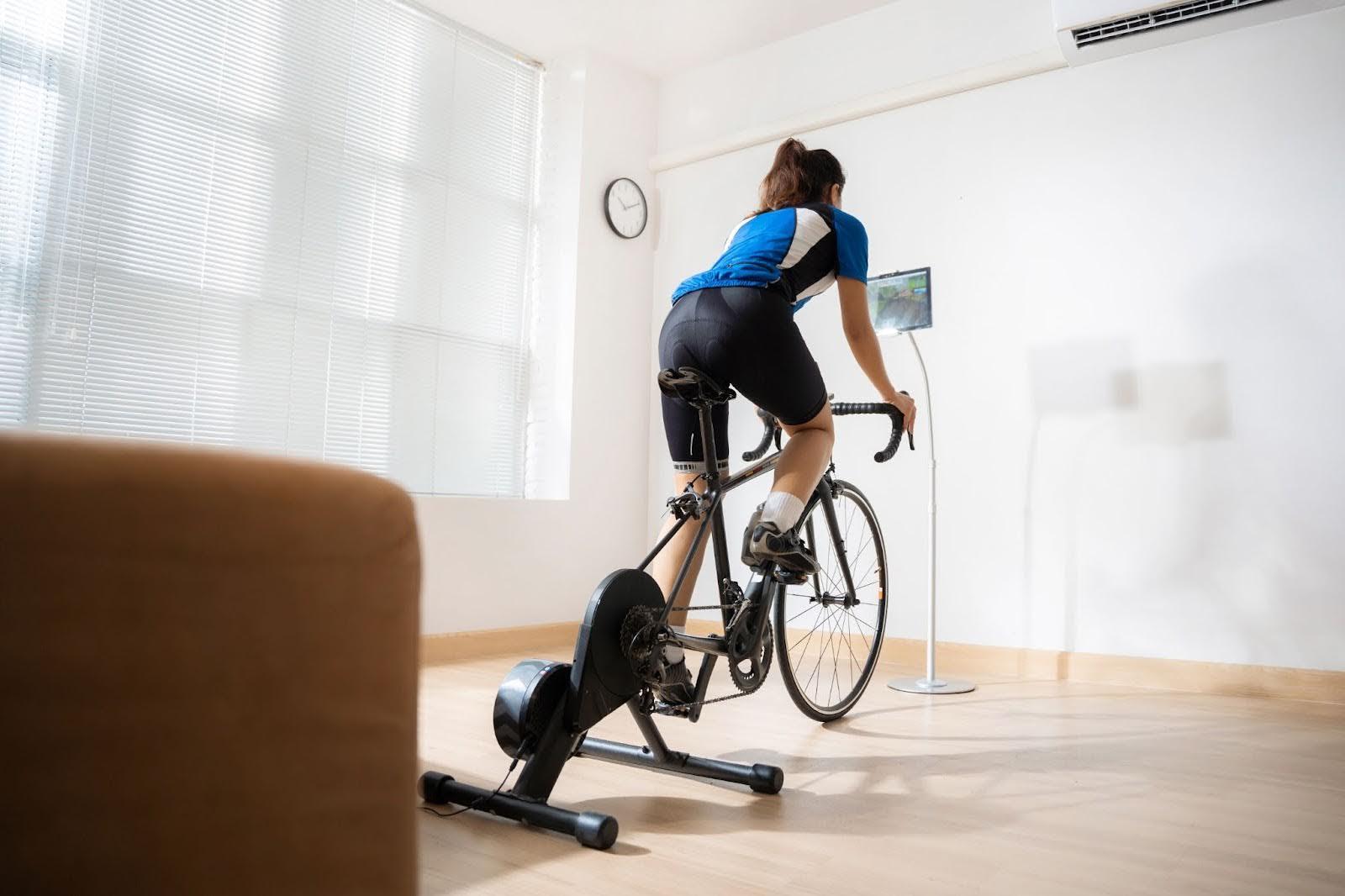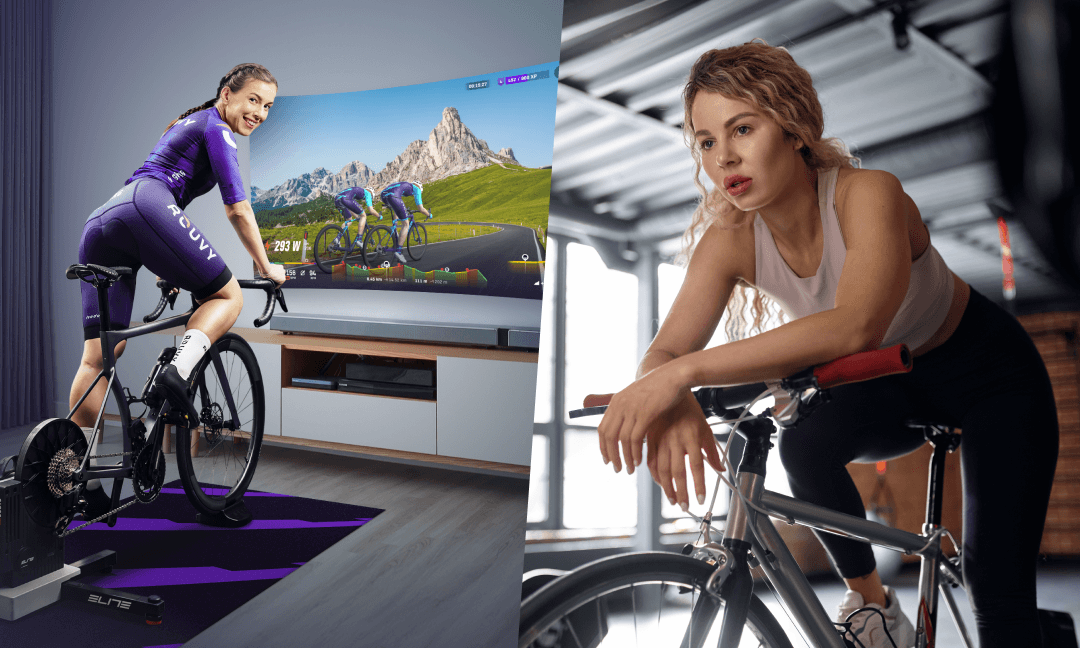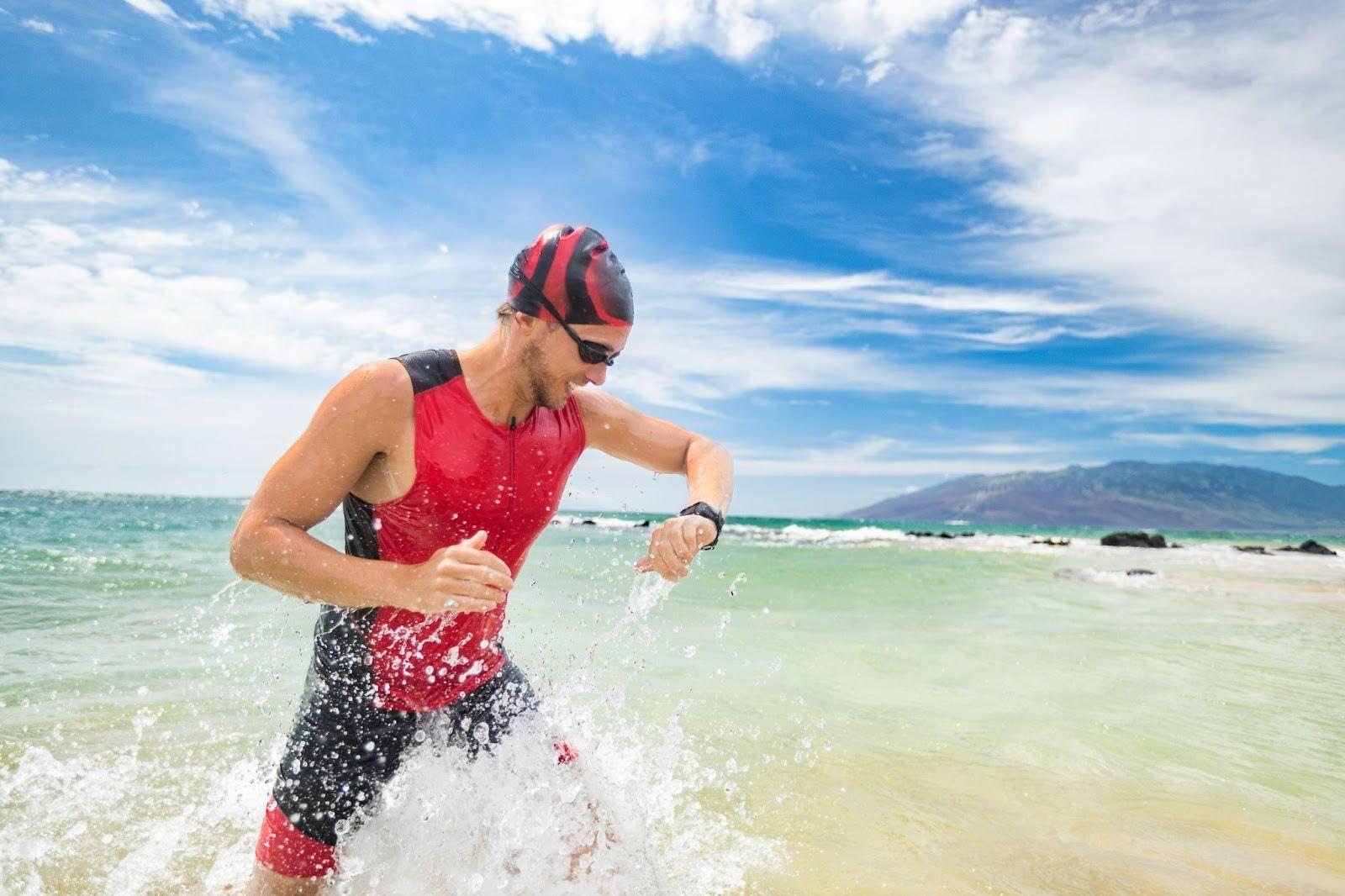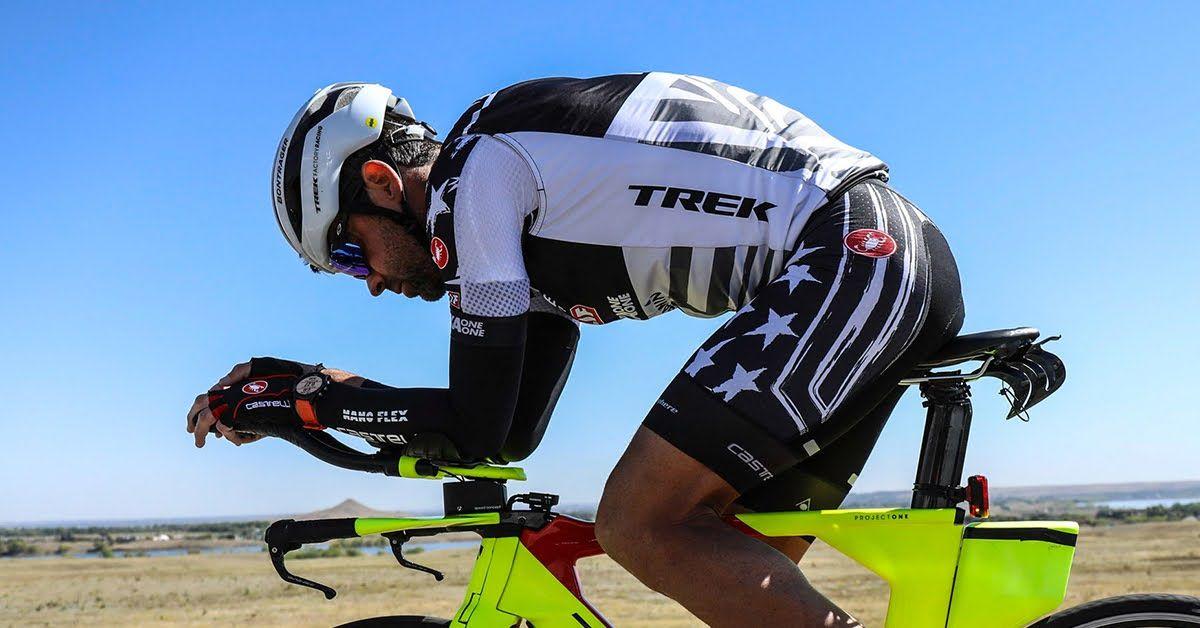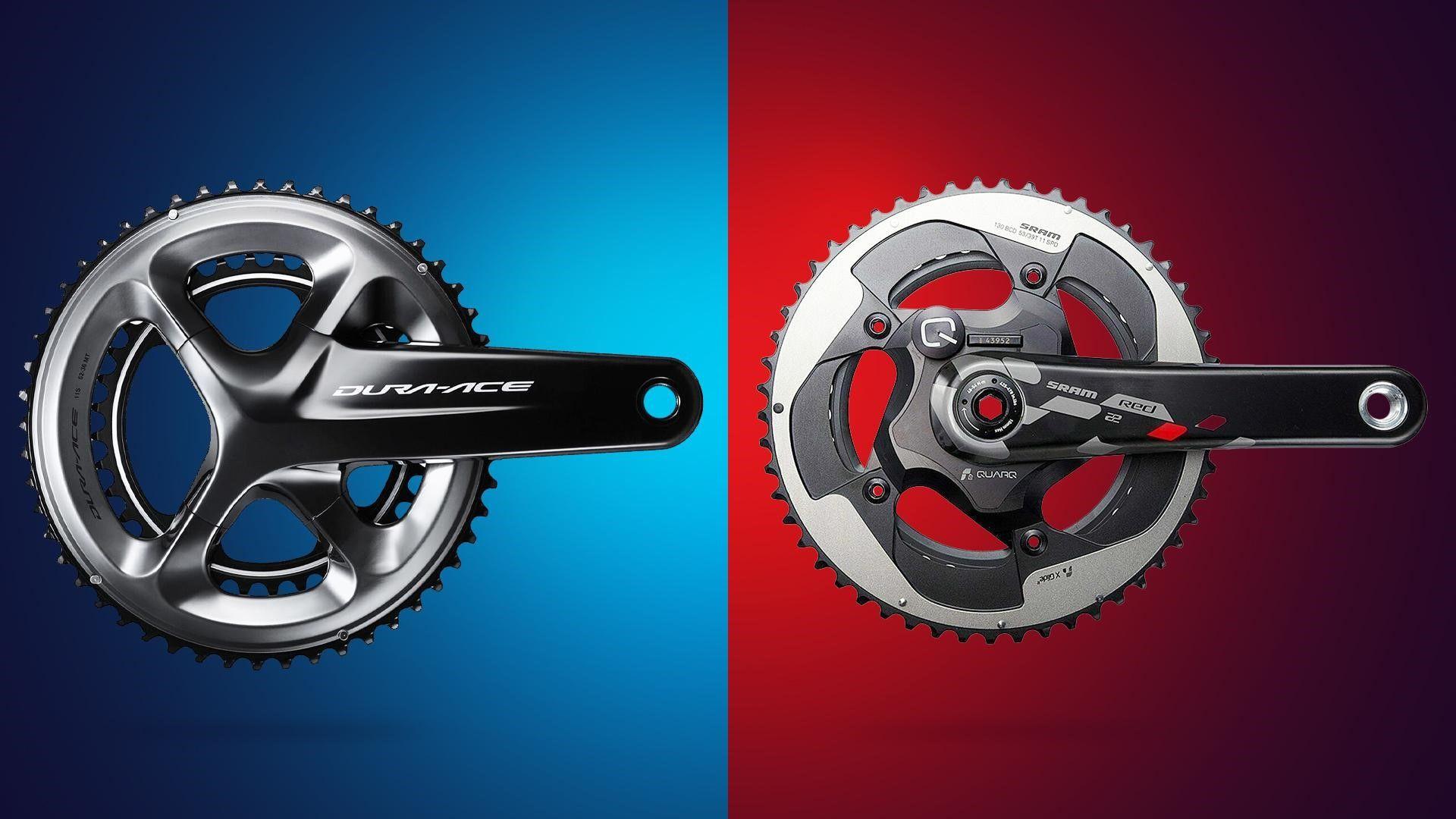
The groupset is a pivotal component on any road, gravel, or time-trial (TT) bike, playing a significant role in performance, weight and the overall cycling experience. The market is largely dominated by two main types: mechanical and electronic.
In mechanical groupsets, gears are changed via thin shift cables, so-called “Bowden cables” using levers on the handlebar. For electronic groupsets, the levers contain buttons which operate derailleurs using motors inside of them.
The shift to electronic groupsets in the pro peloton
Mechanical groupsets were the gold standard in pro cycling for decades, valued for their simplicity and durability.
The landscape began to change, however, with Shimano's introduction of Di2 technology in 2009. This electronic system offered unprecedented precision and customization, quickly winning over skeptics. SRAM and Campagnolo followed suit with their eTap and EPS systems, respectively, adding features like wireless shifting and advanced customization.
Strategic and universal adoption
Vincenzo Nibali's 2014 Tour de France win with a limited edition Campagnolo Super Record RS mechanical groupset marked the end of an era, as electronic groupsets have since dominated pro cycling's most prestigious event.

While electronic groupsets have become almost ubiquitous in the pro peloton, their adoption isn't absolute. They offer significant advantages in speed and precision, affecting both race strategies and outcomes. There are exceptions, however, such as the Paris-Roubaix race. In this event, some pros opted for mechanical groupsets due to the notoriously challenging cobblestone conditions.
Pros and cons of mechanical groupsets
Pros
- Durability: Exceptionally robust, especially in harsh conditions.
- Affordability: Generally lower in initial cost than electronic systems.
- Ease of Maintenance: Can often be serviced without specialized tools.
- Battery-Free: Eliminates the need to worry about system charging. This is particularly ideal for ultra races as theory’s no need to consider battery life during an extended race.
- Cost Effectiveness: As the saying goes, “Only race what you can afford to replace.” Especially important for beginner racers prone to accidents as almost every crash means damage to the bike.
Cons:
- Shifting Precision: Mechanical groupsets tend to be less precise than electronic systems, particularly over extended use.
- Weight: Mechanical groupsets tend to be heavier, often due to more complicated levers and less usage of lightweight materials like carbon fibre.
- Effort: Shifting can require greater manual effort, which may accumulate over long rides.
- Ease Of Use: In cold weather, electronic groupsets are easier to operate with gloves.
Mechanical groupsets: Top brands & models
While there are several players in the mechanical groupset market, three brands dominate: Shimano, SRAM and Campagnolo. Each offers multiple product lines catering to different levels of cyclists, from amateurs to professionals.
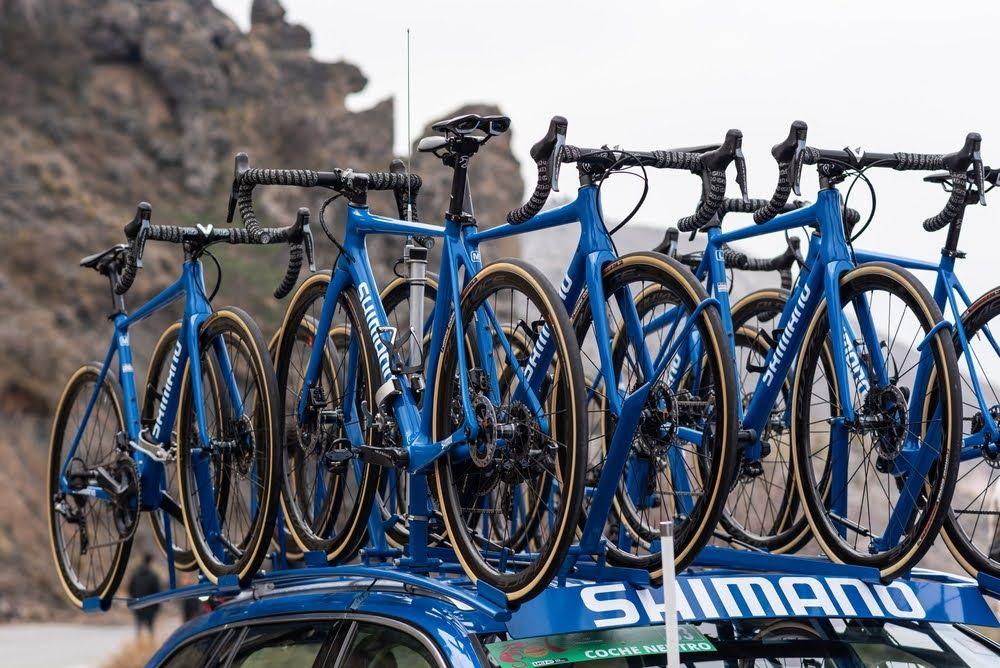
Shimano
Shimano offers a range from the Tiagra to Dura-Ace.
The 105 is an 11s- or 12s-compatible groupset, making it a popular choice for upgrades. It’s considered an entry-level groupset but offers reliable performance and durability.
Shimano’s Ultegra takes it up a notch in terms of weight savings and shifting efficiency.
The Dura-Ace is Shimano’s flagship model, offering the best in terms of performance, but at a premium price.
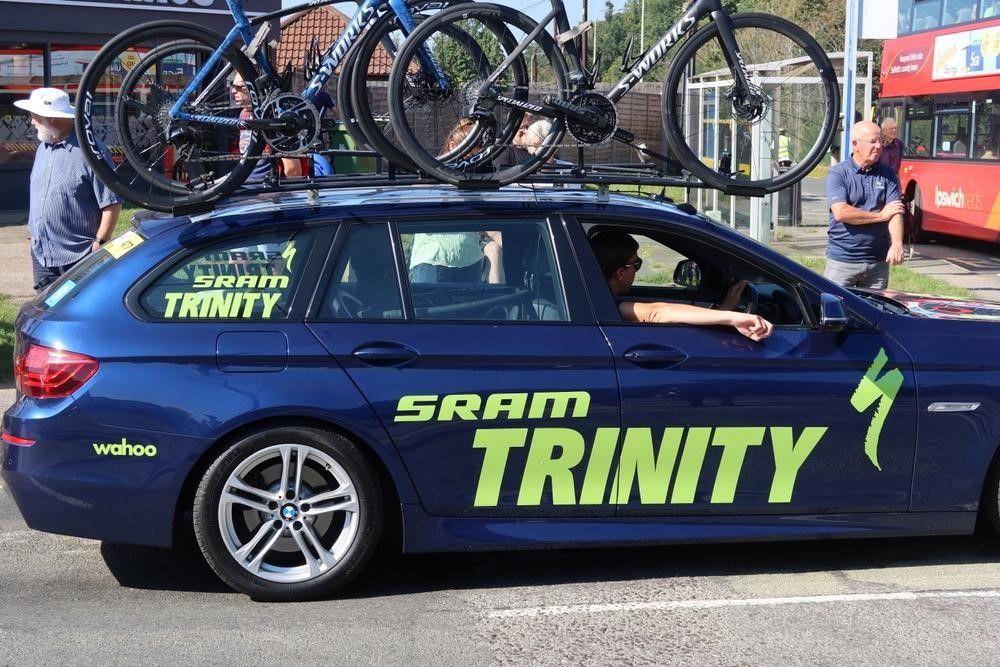
SRAM
SRAM’s notable mechanical groupsets include the Rival, Force, and Red. The Rival is aimed at entry-level and mid-range cyclists, offering a good balance between performance and cost. The Force is for the more serious cyclists who want better performance without breaking the bank. And the Red is SRAM’s top-of-the-line mechanical groupset, designed for professional-level performance.
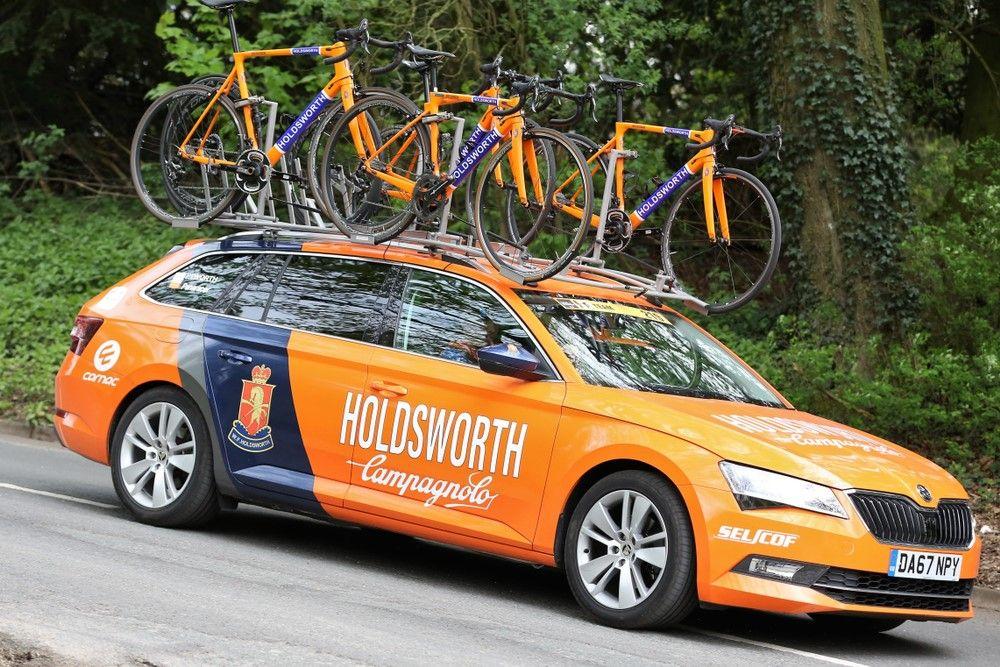
Campagnolo
Campagnolo offers the Centaur as an entry-level option, the Chorus for mid-range, and the Super Record for elite cyclists. While the Centaur offers basic functionalities and reliable performance, the Chorus and Super Record offer advanced features such as multiple shifting and high-end materials.
Mechanical groupsets’ performance metrics
With mechanical groupsets, several performance factors – such as shifting speed, efficiency, and customization – can influence your riding experience and decision-making.
Efficiency Rate: Mechanical groupsets, particularly higher-end models, offer an efficiency rate close to 98 percent. This metric measures the amount of rider input that is effectively translated into forward motion.
Speed Transitions: While not as quick as electronic systems, mechanical groupsets like the Campagnolo Super Record offer highly efficient speed transitions, often completing a shift in under 600 milliseconds.
Suitability for different types of bikes
Mechanical groupsets remain a practical and dependable choice across various bike types, with specific advantages in durability, simplicity and ease of maintenance depending on the riding discipline.
Road Bikes: Mechanical groupsets like the Shimano Ultegra are often considered the go-to for road bikes. They offer an excellent balance between weight and performance, making them suitable for a variety of road cycling activities, from casual rides to competitive events.
Gravel Bikes: Mechanical groupsets are preferred for their durability and ease of maintenance, which are crucial for gravel riding. While SRAM's Apex and Rival series are strong contenders for gravel bikes, Shimano’s 2x12 GRX (RX820) and Campagnolo’s Ekar 1x13 also warrant consideration.
Time-Trial Bikes: Mechanical groupsets are often preferred not just for aerodynamic reasons but also for ease of installation and the use of satellite shifters.

The pros and cons of electronic groupsets
Pros
- Shifting Precision: almost instantaneous and highly accurate.
- Reduced Manual Effort: less physical effort required.
- High Customizability: including multiple shifting profiles and shift points.
- Aesthetics: Cleaner look due to the absence of mechanical cables.
- Frame Compatibility: Some new frames only support electronic groupsets.
- Set-And-Forget: Minimal need for gear reindexing once set up.
- Advanced Features: Synchronized shifting and telemetry options for safer riding. Once connected to a bike computer, you have access to statistics like the number of shifts per ride. Additionally, you can sync your groupset with a head unit to monitor battery levels and see your current gear displayed on the screen, eliminating the need to look down and thereby contributing to a safer ride.
Cons
- Cost: Generally more expensive.
- Battery Life: Requires regular charging.
- Durability: Generally considered less robust in harsh conditions.
Electronic groupsets: Top brands & models
The electronic groupset market is evolving rapidly, with Shimano, SRAM and Campagnolo leading the charge. It's worth noting that manufacturers are increasingly focusing on electronic versions, as evidenced by Shimano's recent move to offer an electronic 105 groupset.
Shimano
While Shimano’s Di2 technology spans from 105 to Dura-Ace, certain advanced features like buttons at the top of STI levers and the option for a 53/39 crankset are only available in the Ultegra and Dura-Ace lines. 105 Di2 serves as an entry point to electronic shifting, offering the core features at a more accessible price. Ultegra Di2 and Dura-Ace Di2 are the higher-end options, offering more customization and slightly better performance, especially in challenging conditions.
SRAM
SRAM offers electronic shifting through its eTap technology, available in the Force and Red lines. What sets SRAM's eTap technology apart is its use of interchangeable batteries for both the front and rear derailleurs. If your most frequently used rear derailleur runs out of battery, you can swap it with the front derailleur's battery, or carry an extra one in your jersey pocket. Force eTap offers most of the high-end features found in Red eTap but at a more affordable price. Red eTap is aimed at professional cyclists and offers wireless shifting, a feature still unique to SRAM.
Campagnolo
Campagnolo’s EPS technology is available in their Chorus, Record, and Super Record lines. The Chorus EPS offers reliable electronic shifting aimed at enthusiasts. The Record and Super Record EPS offer the pinnacle of Campagnolo’s electronic shifting technology, with multiple shifting and customization options.
Other alternatives
Emerging Chinese players like L-Twoo and Sensah offer budget options but may have reliability issues.
Electronic groupsets’ performance metrics
Shifting speed
Electronic groupsets like Shimano Di2 can complete a shift in under 200 milliseconds, significantly quicker than most mechanical systems.
Battery life
Modern electronic systems come with long-lasting batteries. For example, SRAM’s eTap can last up to 60 hours on a single charge.
Customization options
Electronic groupsets offer a wide range of customization options. From setting up synchronized shifting patterns to adjusting lever sensitivity, riders can tweak settings to their liking.
Suitability for different types of bikes
Road bikes
Electronic groupsets are increasingly becoming standard in high-performance road bikes.
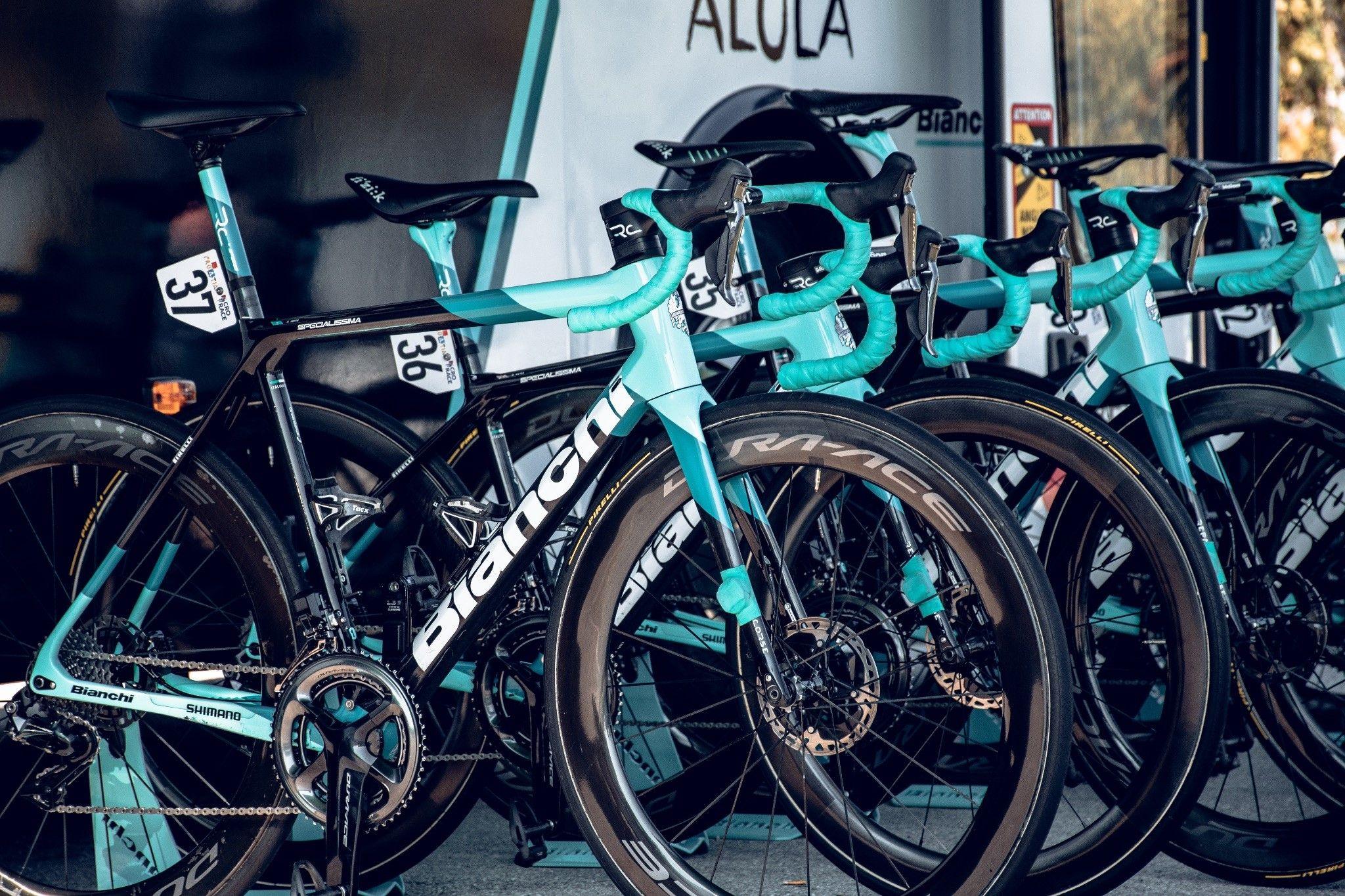
With quick shifting and advanced features like synchronized shifting, they offer a competitive edge that is hard to ignore.
Gravel bikes
While not as commonly used as in road bikes, electronic groupsets are making their way into gravel bikes. Their ability to perform quick and precise shifts is especially useful on unpredictable terrains. Additionally, electronic groupsets allow for design modifications to the hoods (levers), enabling them to be customized specifically for gravel use – resulting in a more comfortable shape and improved performance for off-road conditions.
Time-trial bikes
In time-trial scenarios, every second counts. Electronic groupsets allow for gear changes from multiple positions on the bike, enhancing versatility when racing or training for time trials.
Ergonomics and ease of use
Ergonomics are key to rider comfort and performance on long rides.
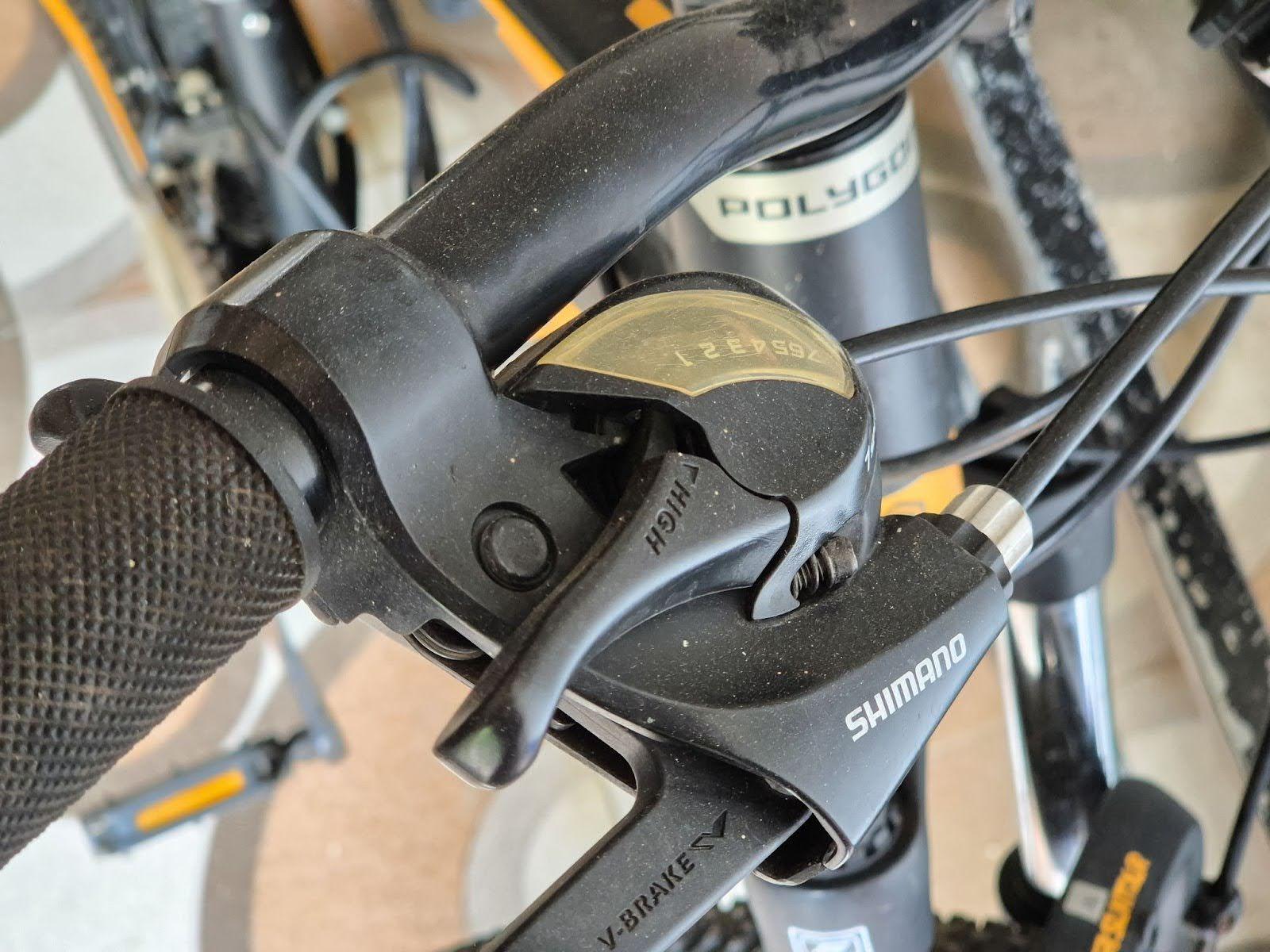
Mechanical groupsets use old-school levers that require more hand strength and dexterity – something that can be tiring over time especially for smaller hands or when wearing gloves. But many cyclists love the tactile feedback and simplicity.
Electronic groupsets are designed to be super user-friendly bike components. Shifting is almost effortless, just a light touch on a button, which can be a game changer when cycling in cold weather or high intensity conditions. The minimal lever movement also helps with cleaner cockpits and better aerodynamics.
For beginners, mechanical shifting has a steeper learning curve especially when it comes to front derailleur trim. Electronic shifting systems are often more intuitive and programmable so gear changes are simplified. In the end, the electronic option is easier and more comfortable, while mechanical is practical and familiar for traditionalists.
Maintenance and reliability
When considering groupset maintenance and long term reliability of bike components you need to consider how mechanical and electronic systems differ. Mechanical groupsets are easier to service, just basic tools and cable replacements over time. Favoured by riders who value self sufficiency and simplicity especially in remote or rugged conditions.
Electronic groupsets have less frequent but more specialized maintenance. Once set up they rarely need adjustment but battery charging, firmware updates and occasional diagnostics are required. Issues can arise from water ingress, wiring faults or worn batteries – so electronic systems can be more vulnerable when cycling in extreme conditions.
In terms of durability, high quality mechanical systems tend to withstand wear and environmental exposure better. But the precision and sealed design of electronic components also offer great longevity if looked after. It’s a choice between ease of use, reliability and maintenance style.
Cost: Initial investment and long term value
The cost of bike groupsets varies greatly depending on whether you go mechanical or electronic. Mechanical groupsets are cheaper up front so are a good option for riders on a budget looking for affordable components. They are also easier and cheaper to repair so are popular with beginners and commuters.
Electronic groupsets have a higher upfront cost due to the tech. But they offer long term value for the money through precise performance, less wear on drivetrain components and less need for adjustments. Riders who want seamless shifting and integrated tech may find the investment worth it.
While mechanical setups are good for cost and DIY bike maintenance, electronic systems deliver performance benefits that justify the extra cost over time – especially for serious riders. Ultimately, whether it’s the better value depends on your budget, riding goals and willingness to invest in long-term performance and convenience.
Mechanical vs. Electronic Groupsets: A head-to-head comparison
Features
Electronic groupsets often come with advanced features like synchronized shifting and customizable shift patterns, which are usually absent in mechanical groupsets.
Efficiency
Electronic groupsets offer quicker and more precise shifting, making them more efficient in terms of power transfer and speed. Mechanical groupsets, while efficient, can’t quite match the precision of electronic systems.
Ease of use during races
With electronic groupsets, there's no need to manually trim the front derailleur to prevent chain rub, simplifying the ride experience under racing conditions.
Cost
Mechanical groupsets are generally more affordable, making them a practical choice for budget-conscious riders. Electronic groupsets are pricier but offer advanced features that may justify the higher cost for competitive riders.
Maintenance
Mechanical groupsets are easier to maintain and fix, often requiring just basic tools. Electronic groupsets, while requiring less frequent maintenance, need specialized tools and expertise for troubleshooting.
Customization
The ability to personalize shift patterns, as well as the speed of gear changes, and integrate with other cycling software, gives electronic groupsets an advantage in this category.
Consideration for rim brake options
It might also be worth noting the limited availability of rim-brake options in some newer models that offer only disc-brake variants. This is a point of concern for many cyclists who prefer rim brakes and are looking for next-generation options.

Conclusion
The decision between mechanical and electronic groupsets isn't straightforward and depends on individual preferences, cycling type and budget. Both options have their advantages and disadvantages. As technology advances, the distinction between mechanical and electronic systems is likely to diminish, benefiting cyclists with improved features from both types. Additionally, given current manufacturing trends, it may be worthwhile to consider more affordable electronic groupsets. These are becoming cheaper to produce in larger volumes, ultimately leading to lower prices for consumers.
AUTHOR’S NOTE: This article was written in collaboration with Martin Németh.
